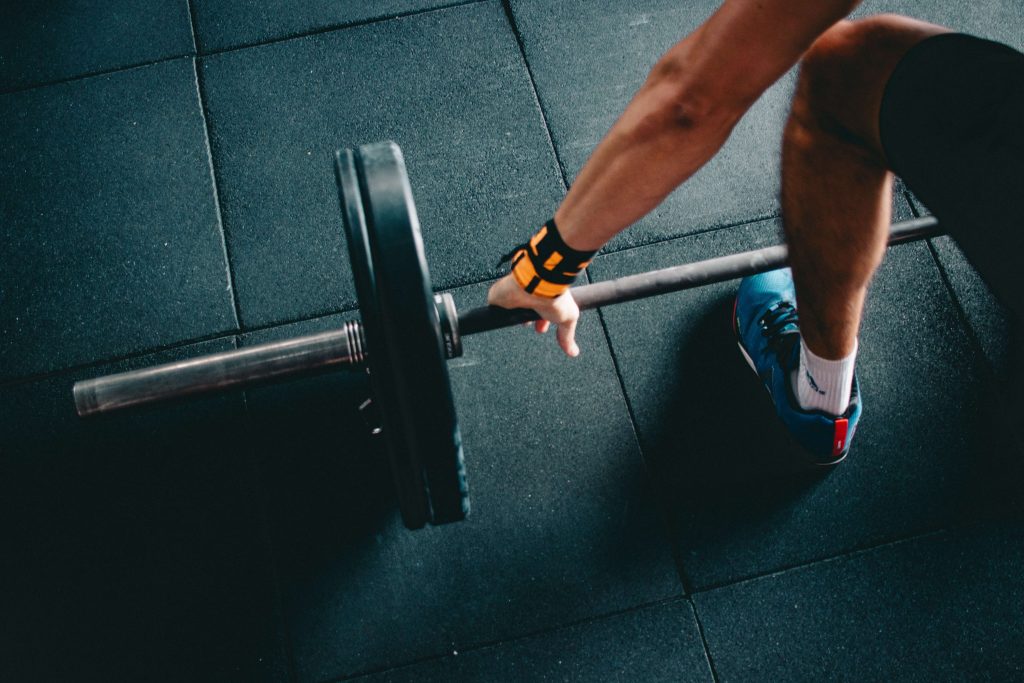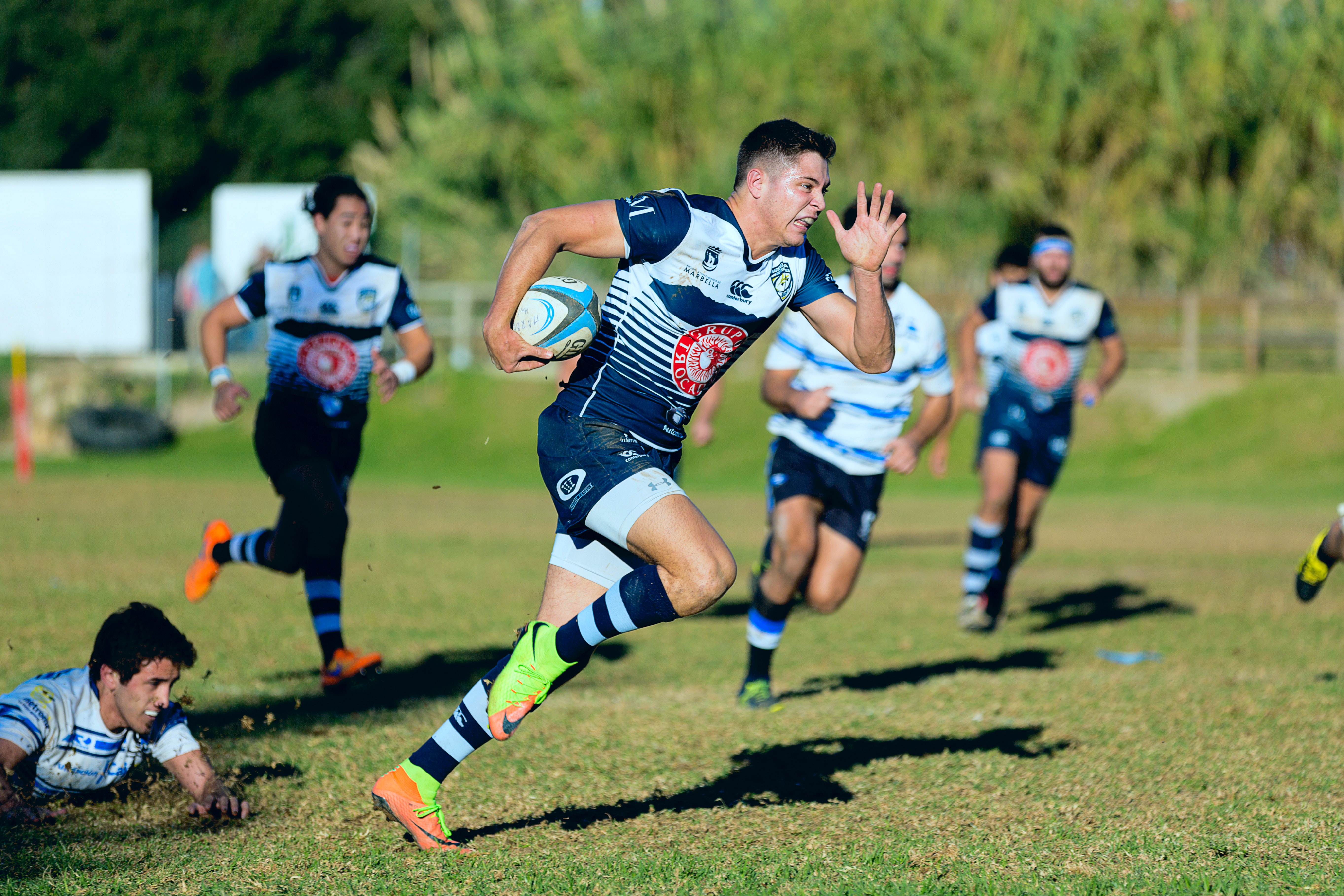How To Improve Acceleration and Sprint Speed
Having the ability to accelerate very fast and skim your opposite number for a line break is a fantastic feeling. Just knowing that you have the pace to make the difference in a game is a powerful tool and asset that can make the difference between winning and losing.
Even if you’re born and blessed with raw speed, there is always room to improve to ensure that you make the most of this natural talent.
If you aren’t so blessed in this area, there are some really good tips and drills to make you that extra yard quicker on the rugby pitch.
So next time you’re speed training, get your rugby clothing on and try these 4 top rugby acceleration drills to propel yourself forward as a better rugby player:
Drill 1: Short Sprints
When you’re working on acceleration there’s no point in running long distances, as you really need to be concentrating on the first 10-30m of the sprint. This is the area where you need to be taking off and trying to reach top speed and longer distances focus on maintaining top speed.
Practice sprinting drills over 10, 20 and 30 meters with plenty of rest time between the sets. This will allow full recovery between sets and can improve your sprinting ability over various speeds. By using different distances, your muscles will get used to quick acceleration and be maintaining top speed over various differences. The more this basic exercise is repeated the better and faster you will become a sprinter.
Drill 2: Uphill Sprints
Gravity is a huge force to be reckoned with and you can use this to your benefit. By sprinting up a hill you are challenging your body much more than running on a flat. This will build up your muscular strength. Repeating this will allow your legs to adapt and improve thus making sprinting on a flat service far easier.
The Drill: Sprint up the hill as fast as you can, then take a rest as you come back down. Carry out this drill as many times as you can, ensuring that you have a complete rest every time. To increase the difficulty of this activity, find a steeper or longer hill and continue the activity. Your rugby fitness will also drastically increase with this drill.
Tip: Use a small hill, to begin with, 20 meters max. Work on exploding out of the blocks and pump the legs up the hill as hard as you can. Give yourself at least 60 seconds of rest between sprints.
Drill 3: Jump, Skip, Leap
One of the best ways to improve your speed is to increase the power of your muscular contractions. Plyometric exercises are a fantastic way of doing this, as it forces the muscle to reach maximum strength in the shortest time possible – through explosive jumps.
Try doing activities like hurdles, standing jumps, and long jumps. Make sure that you are trying to jump as high and as long as possible, over exaggerating the movements in order to exert more power. By repeating this activity as powerfully as possible you will help build up the muscle strength needed for quick accelerations.
Drill 4: Weight Lifting (Squats)
Never underestimate the power of pumping iron. Building up muscle can work wonders for your power output, although you should not be focusing on simply bulking. Whether using rugby equipment or simply being in the gym there are lots of leg exercises you can do from dumbbell lunges to driving a scrum machine.
You need to concentrate on being able to move large weights very quickly with each of these exercises. Start off with lighter weights and work your way up, this will help to prepare your muscles and increase the effect it has. Doing weights over a long period of time will increase your sprinting capabilities and make you a much faster, more agile player.
To further emphasize the importance of speed in rugby just take a look at the video below. Adding more speed and acceleration to your game could vastly improve your overall performance, not only will you be able you outpace your opposite number but you can get to tackles quicker, hit rucks quicker and get on top of them lose balls faster than before. This video is at the extreme end of high speed and acceleration but it’s just to show how speed alone can win you games! He had only trained rugby for a month or two before his first international appearance.
Strength and Conditioning for powerful acceleration

We have covered squats in drill number #4 but top strength and conditioning training can help with your acceleration speed. One exercise that can be especially helpful is the deadlift. Deadlifts strengthen the muscles in your legs, back, and core, which are important for power and speed during a sprint. By including deadlifts in your strength and conditioning routine, you can improve your overall strength and explosive power, which can help you be quick off the mark and accelerate faster and run faster overall.
Other exercises that can help improve acceleration and sprint speed include using the medicine ball, squats, lunges and plyometric jumps. A well-rounded strength and conditioning program that includes exercises to improve your power, strength, and explosiveness can be effective in helping you reach your speed goals.
Remember to warm up before strength training so that you don’t have any injuries. ‘Pulling’ your hamstring or glutes is the last thing you want to do when you’re trying to be a faster athlete. Also making sure that your form and technique are spot-on will benefit you hugely.
A certified strength and conditioning coach could be worth investing in if you want to take the sport seriously. Your club team will be able to help with this.
Click here to read our comprehensive guide on how to improve your overall sprint speed.
Take your training up a notch with our new rugby shorts, rugby t-shirts, rugby joggers and rugby hoodies!
P.S You can buy any 3 items from our new range for £50 (saving you £25), We ship globally too.
Use code “3for50” to apply the discount.

